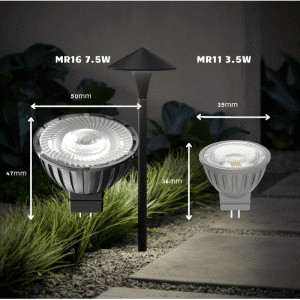Introduction
Switching your lighting system can be a daunting task, especially if you’re not familiar with the terminology or technical aspects involved. One common transition is from MR16 bulbs to GU10 bulbs. This guide aims to simplify that process and provide you with the information needed to make an effortless switch.
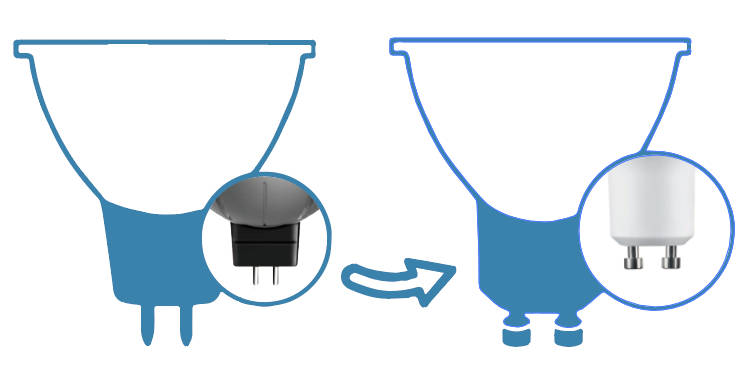
Why Switch from MR16 to GU10?
Advantages of GU10
- Safety: GU10 bulbs generally run on mains voltage, eliminating the need for a transformer.
- Ease of Installation: They have a simple twist-and-lock mechanism for easy installation and replacement.
- Energy-Efficiency: GU10 LED bulbs are often more energy-efficient than their MR16 counterparts.
Required Tools and Materials
List of Items Needed
- GU10 bulbs
- GU10 lamp holders
- Wire strippers
- Screwdriver
- Electrical tape
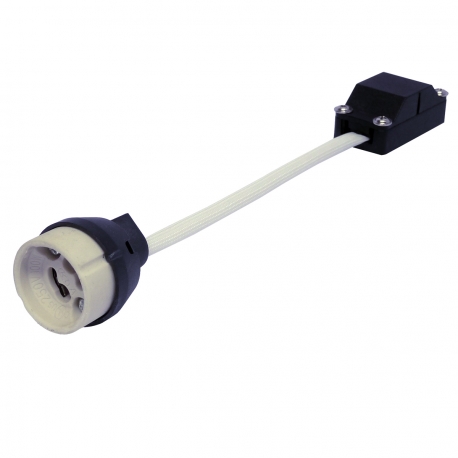


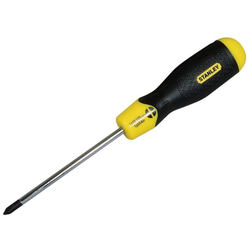
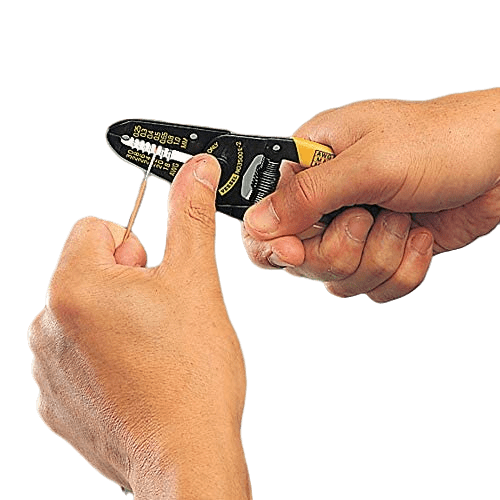

Step-By-Step Instructions
Preparing the Area
- Turn Off the Power: Always begin by switching off the power to the circuit you’re working on.
Removing the MR16 Bulb
- Remove the MR16 bulb: Unscrew or pull out the old MR16 bulb from its holder.
Changing the Lamp Holder
- Unscrew the MR16 Holder: Loosen the screws securing the MR16 lamp holder to remove it.
- Attach GU10 Holder: Place the GU10 lamp holder where the MR16 used to be and screw it in securely.
Installing the GU10 Bulb
- Insert the GU10 bulb: Take your GU10 bulb and fit it into the holder using the twist-and-lock mechanism.
Final Steps
- Turn On the Power: After making sure all connections are secure, turn the power back on.
- Test the Light: Finally, switch the light on to make sure everything is working as it should.
Conclusion
Switching from MR16 to GU10 doesn’t have to be complicated. By following these steps, you’ll not only make your space more energy-efficient but also modernize your lighting solutions. Happy switching!
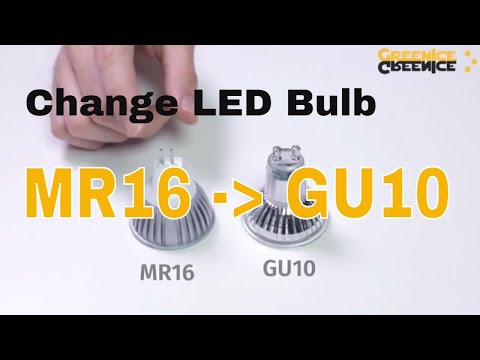
FAQs
What is the main difference between MR16 and GU10 bulbs?
MR16 bulbs often require a transformer as they usually run on low voltage, whereas GU10 bulbs operate on mains voltage and do not require a transformer.
Can I do the switch myself?
If you’re comfortable with basic electrical work, this is a manageable DIY task. However, for large projects or if you’re in doubt, it’s always best to consult a professional.
Through this step-by-step guide, you’ll find that making the switch from MR16 to GU10 is a fairly straightforward process that offers multiple benefits.


